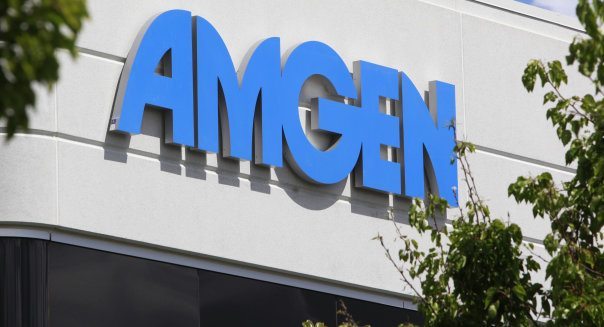
Amgen, Inc. (NASDAQ:AMGN) is optimistic by a late-stage study of its bone drug Prolia as a new use for the medicine has been discovered. With that, the blockbuster potential of the drug has increased. Prolia brought in $286 million in sales in 2Q2016, putting it on track to breach the $1 billion blockbuster barrier.
The late-stage trial compared Amgen’s Prolia with Allergan’s Actonel to see how the two drugs fared in building bone density. The study particularly targeted patients who are afflicted by a form of osteoporosis caused by the use of glucocorticoid therapy.
The study outcome
Analysis of the Phase III trial showed that Prolia beat Actonel in increasing bone density in hip and spinal bones. The study data show that while Prolia increased hipbone density by 2.1%, Actonel only increased it by 0.6%. In the case of spine, Prolia contributed to a 4.4% increase in the density of spinal vertebrae, while Actonel could only manage to increase it by 2.3%. Those results were obtained in patients who had been undergoing glucocorticoid treatment.
In patients that are new to glucocorticoid treatment, Prolia boosted hip density by 1.7% and spine density by 3.8%. Actonel increased hipbone density by 0.2% and spine density by 0.8% in new patients.
According to Amgen’s head of R&D, Sean Harper, what they have observed is that most of the time bone weakness induced by glucocorticoid is frequently underestimated. Harper added that glucocorticoid-induced osteoporosis is the most common form of drug-induced osteoporosis.
Revenue from Prolia
Prolia is seen as one of Amgen’s major growth drivers. The drug brought in $837 million in revenue in 2015, an increase of 27% from the previous year. Its sales so far in 2016 have suggested that the drug is closer to exceeding $1 billion in annual sales in 2016. The new study should expand its label and pave the way for Amgen to squeeze more revenue from the drug.




